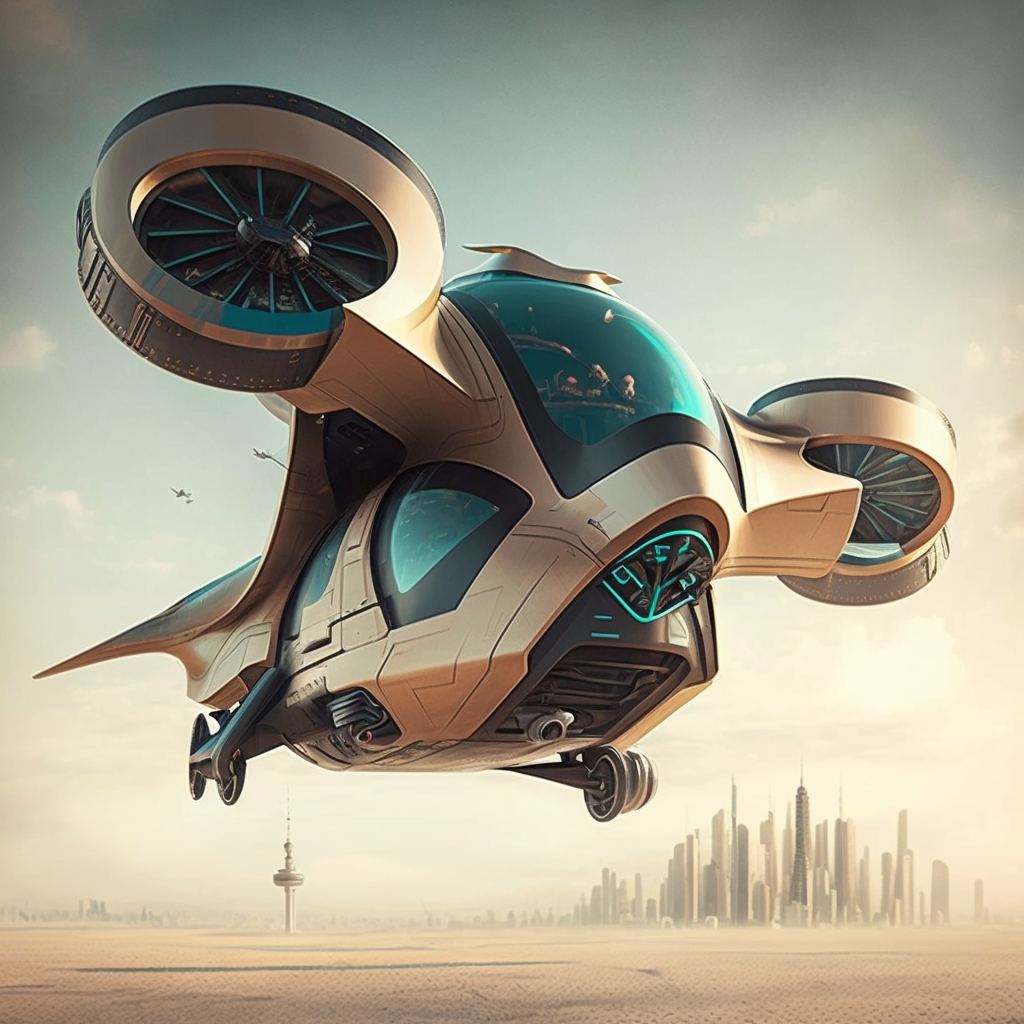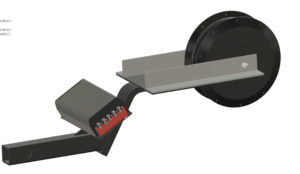Electric Vertical Take-Off and Landing (eVTOL) vehicles are a type of aircraft that use electric motors to power rotors or fans for lift and propulsion. These vehicles are designed to take off and land vertically, allowing them to fly in and out of tight spaces and bypass traditional runway infrastructure. eVTOL aircraft have the potential to revolutionize the transportation industry, offering fast, convenient, and environmentally friendly aerial mobility.
eVTOL aircraft have been in development for several years, with a number of companies and startups working on prototypes and concept designs. While there is still much work to be done in terms of regulatory approval and infrastructure development, the potential benefits of eVTOL are many.
One of the main advantages of eVTOL is the ability to transport people and goods quickly and efficiently in urban areas. With cities becoming increasingly congested, eVTOL can provide a new mode of transportation that avoids traffic and reduces travel times. For example, a commute that might take an hour or more by car could be completed in just a few minutes by eVTOL. This could be especially valuable for emergency services and medical transport, where every minute counts.
Another advantage of eVTOL is the reduced environmental impact compared to traditional aircraft. Electric motors produce zero emissions, making eVTOL a much greener option than gas-powered planes or helicopters. Additionally, the quiet operation of eVTOL could reduce noise pollution in urban areas.
There are several types of eVTOL designs, each with their own strengths and weaknesses. Some eVTOL aircraft use a tilt-rotor design, where the rotors can be rotated from a vertical position for takeoff and landing to a horizontal position for forward flight. This design offers the advantage of both vertical takeoff and landing and efficient forward flight, but it can be more complex and expensive to build.
Another design is the lift-plus-cruise, where the aircraft uses wings and rotors to achieve lift and forward flight. This design offers good efficiency in forward flight, but can be less maneuverable in tight spaces.
A third design is the multicopter, which uses multiple rotors for lift and propulsion. This design is simple and efficient for vertical takeoff and landing, but can be less efficient in forward flight due to the large amount of drag created by multiple rotors.
While there is still much work to be done in terms of developing eVTOL technology, there has been significant progress in recent years. Several companies are working on prototype eVTOL aircraft, and some have even conducted test flights with passengers.
However, there are still challenges to be overcome. One of the main challenges is developing the infrastructure to support eVTOL, such as charging stations and landing pads. Additionally, regulatory approval for eVTOL aircraft will need to be established, with many questions still unanswered around issues such as air traffic control and safety standards.
Overall, eVTOL has the potential to transform the way we think about transportation, offering a fast, convenient, and environmentally friendly option for aerial mobility. While there are still challenges to be overcome, the progress that has been made so far suggests that eVTOL is a promising technology with a bright future.




Pingback: tamoxifen therapy